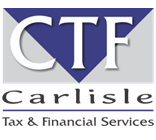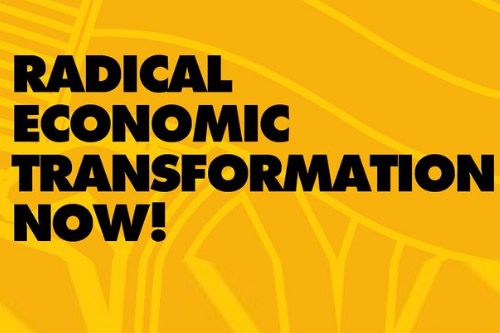For most of our investing life, we are focused on capital growth.
We want our investment to grow and get bigger at a pace faster than inflation (after fees) so that we are creating real wealth for us to live off in retirement.
Then, when we hit retirement, the focus shifts to earning an income from those investments.
A retirement annuity (RA) or pension scheme will be used to buy an annuity that will generate income, but what of our own do-it-yourself (DIY) portfolio?
If you are a DIY investor, you will likely want to continue to manage your own portfolio, but with a shift in purpose to receiving income.
As a rule, you then tend to focus on dividends, searching for those high-yielding stocks.
The obvious choice is property, which typically has the highest yield of any sector in the market.
Preference shares also look good, but offer no capital growth, which means your income never grows. You can also focus on individual high-dividend-yielding stocks, but this focus on dividends has some problems.
Firstly, there is the risk of a dividend disappearing.
For example, Kumba and Astral Foods were two stocks with very high dividend yields, but dividends disappeared as the respective stocks went through tough times.
Both have returned to great dividends, but there were a few years when no dividends were paid.
If you are buying high dividend yields, the question is how stable are they likely to be?
The reality is that high dividends often come from very cyclical stocks that are either booming or busting. When booming, they pay out like crazy.
But when the lean times arrive again, the payouts stop.An investor focusing on income should then perhaps be prepared to accept lower yields that are more stable.
This could be found with mature stocks that have lower growth prospects but that are paying a decent and, importantly, reliable dividend.
The other big issue is tax; the dividend withholding tax rate in South Africa is 20% and that is fairly chunky.
Property stock distributions are added to your income so, depending on your overall income, it might result in that income being taxed at an even higher tax rate.
Tax-free accounts solve this problem by being totally tax free – but they also have limits of R500 000 over a lifetime and that may simply not be able to generate enough income for a person to live off in retirement.
The other option is to continue to focus on growth rather than income and selling down some of those stocks every year for living expenses.
You would still pay tax, but it would be capital gains tax (CGT) of which, currently, the first R40 000 per annum is tax free. Then, 40% of any realised capital gain above the threshold will be added to your taxable income.
So, even if you are in the top tax bracket of 45%, your CGT would max out at 18% and potentially be closer to an effective 10% once the R40?000 exclusion and sliding tax rates are taken into account.
Effectively, you’ve halved your tax liability.The trick is then to have a decent pile of cash to live off, so you are not forced to be a seller of shares for living expenses when markets are under pressure.
In an ideal world, a year or two of living expenses in cash means you can draw down on the cash when markets are tumbling and sell off shares as they are soaring.
There are, of course, a lot more moving parts when considering retirement investments and tax, but the usual rule of buying high dividend yields may not always be the best one.




